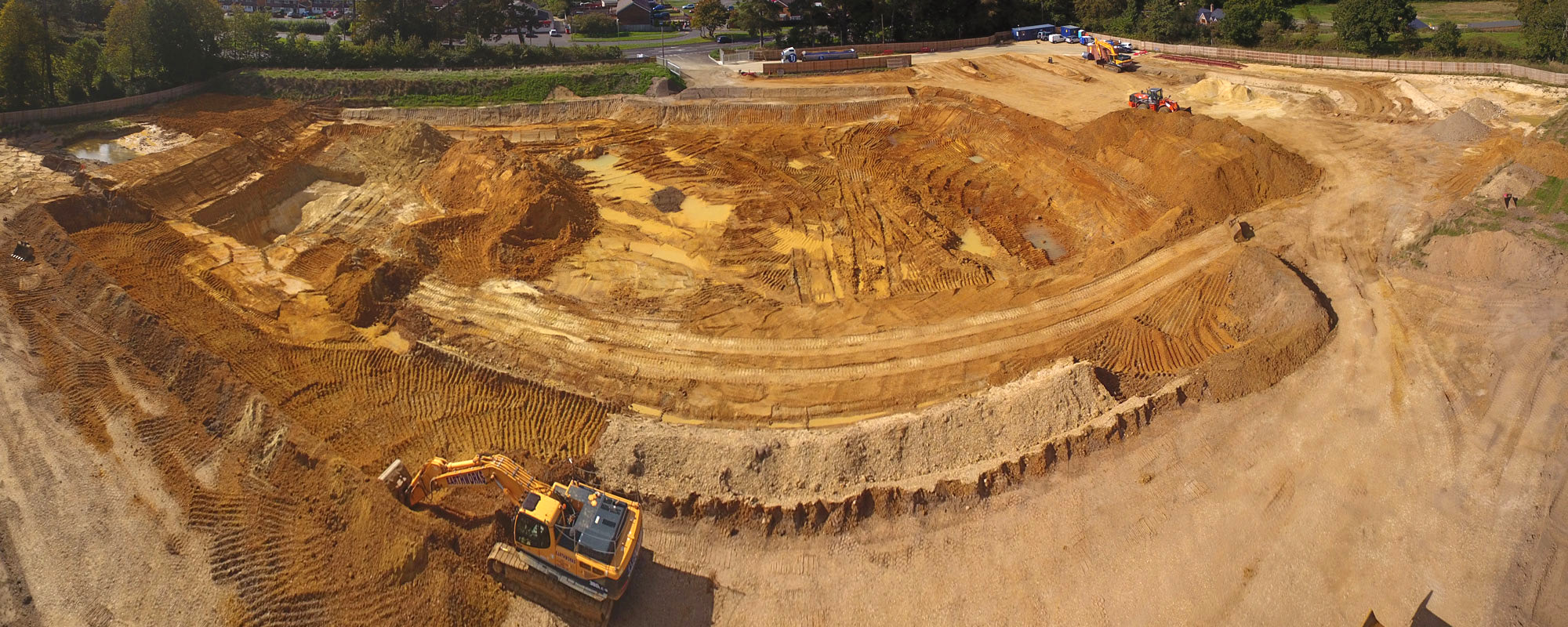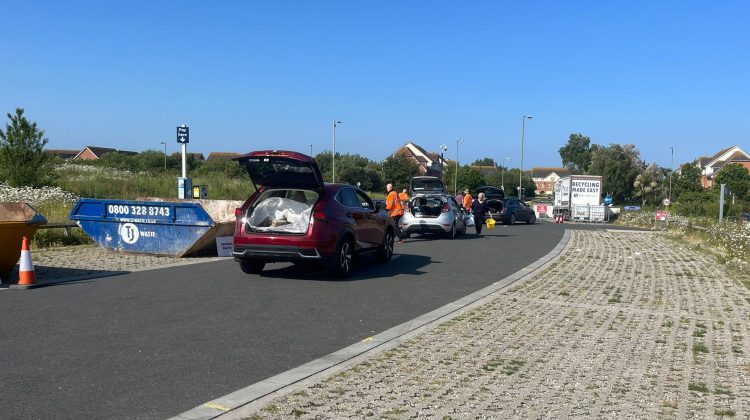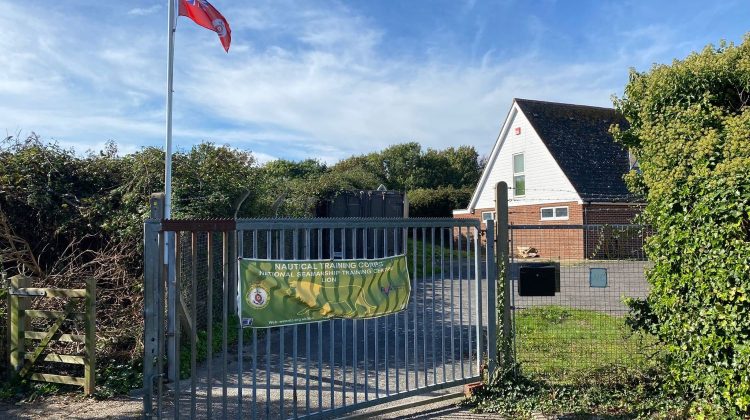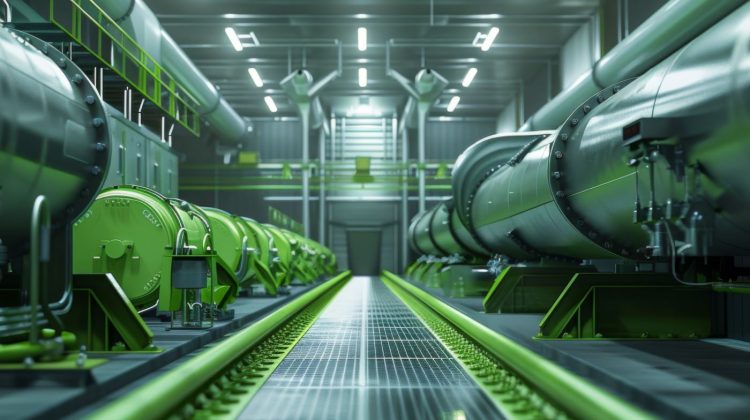Change your stored postcode to update prices for your location.

TJ Transport has been awarded a contract to assist with landfill restoration at one of Suez’ quarries in Bordon. Suez is a French-based utility company which operates largely in the water treatment and waste management sectors.
The contract has been subcontracted to TJ by national building materials company Tarmac, who won the overall contract from Suez. They’ve brought TJ in to contribute to the project as they are one of the largest and most successful waste and transport operators in the area and have experience in previous successful landfill restorations, such as Churt landfill nearby.
The site is Kingsley Quarry in Bordon, which is an active sand quarry used by Tarmac. The sand is quarried and supplied for use for a range of construction purposes.
Quarries are usually split into phases and different parts are quarried at different times. The areas in which quarrying has been completed are then filled back in using inert waste and soil from construction sites. This is the definition of landfill restoration.
TJ have been tasked with restoring Phase 1 of Kingsley Quarry and to that end, they bring inert waste and soil to the site for disposal. This is a doubly valuable arrangement because not only does it provide a way of filling in the quarry to restore it back to usable land, it also provides a location for inert waste that is removed from construction sites and needs somewhere to go.
TJ said: “This is a mutually beneficial arrangement for both ourselves and Suez. It gives us somewhere to dispose of the approved inert waste that TJ Transport collects from commercial sites in the local area, and Suez get their quarry filled in and restored to usable land status.”
Kingsley has been operating as a sand quarry for around a decade and it is hoped that in approximately five years’ time, Kingsley will be fully restored. The plan is for the land to become a nature reserve, providing a haven for various plants and creatures.
Landfill restoration is a great way of creating land to meet the needs of the local community. Restored land is suitable for not only nature reserves, but also for recreational purposes or livestock grazing.
TJ has two quarries of their own; Butser Quarry (chalk) and Hythe Quarry (sand). Hythe is split into three phases, with completion planned for 2028. The site has been sectioned up into three areas with digging taking place in one area at a time. When digging starts on the next area, the previous area will be being filled at the same time. As the quarry will be filled with inert soil from TJ’s muck away services, when the quarry is completed the site will be arable land.
An alternative to landfill restoration is to allow disused quarries to naturally fill with water and used as a manmade lake. This is how Chichester Lakes came to be and they are now used for watersports such as wakeboarding, paddleboarding, waterskiing and wakesurfing.
Find out more about Hythe Quarry, and the services linked to these that TJ provides such as muck away and aggregate supply.




Change your stored postcode to update prices for your location.